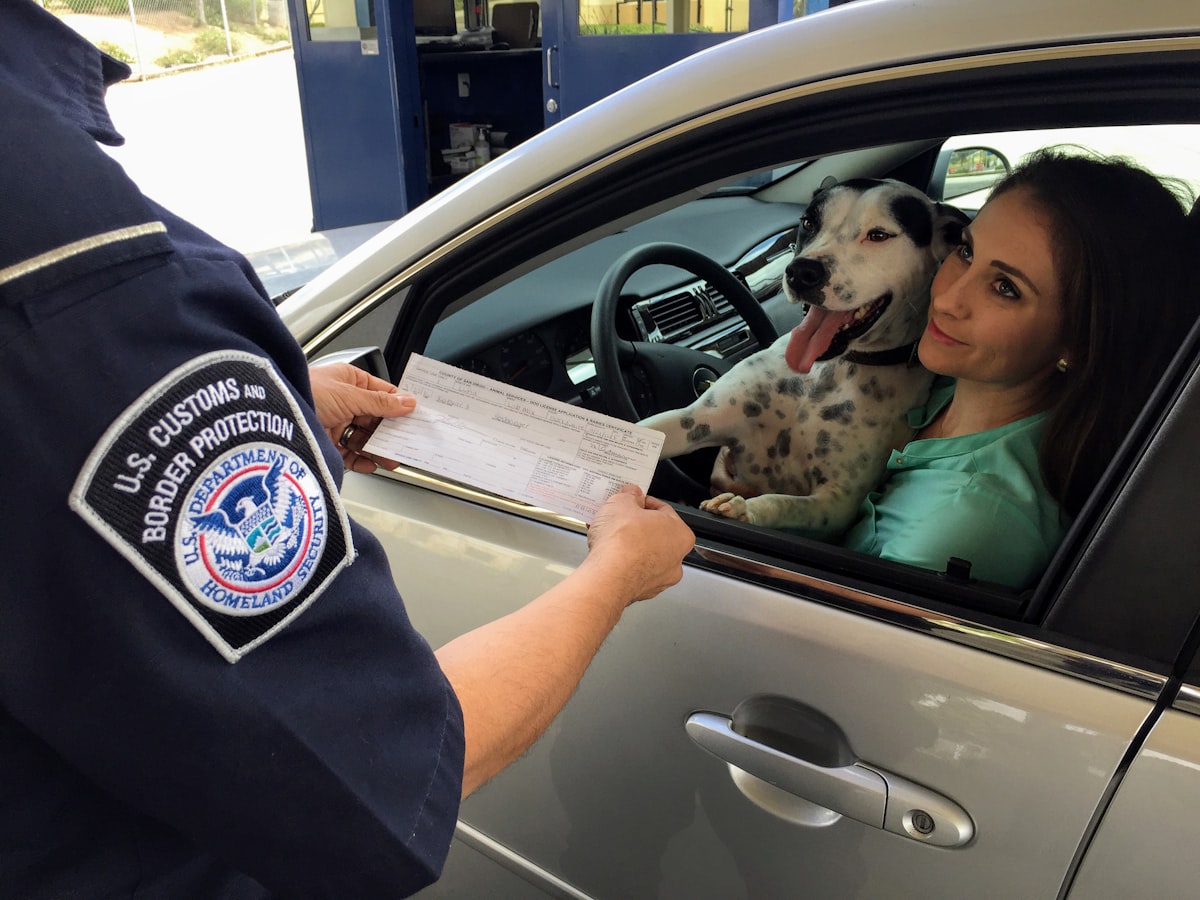Cross-Border Consumption of Products Between the United States and Mexico: What Should You Know?
Shopping in a foreign country isn't the same as buying something from the store on the corner.

The U.S.-Mexico border is one of the busiest in the world, not only because of the number of people who cross it daily, but also because of the large amount of products that are exchanged between the two countries. While it may seem attractive to buy cross-border products because of their lower prices or the variety they offer, it is important to be aware of the risks involved.
In this article, we will discuss the consumption of cross-border products between the United States and Mexico, and what you should know before buying them.
What are cross-border products?
Cross-border products are those that are purchased in a country other than the consumer's country of residence. In the case of the United States and Mexico, many products are sold legally on both sides of the border, which leads many people to buy them for lower prices or for the variety they offer.
Risks of consuming cross-border products
Although it may seem that buying cross-border products is a good option because of the lower cost or the wide variety of products available, we must be aware of the risks involved. Some of the most common risks are:
Lack of product information: Products sold in another country may have incomplete or erroneous information about their ingredients or properties. This can lead to health problems for the consumer.
Expired or counterfeit products: Sometimes cross-border products may be counterfeit or have expired expiration dates, putting the consumer's health at risk.
Quality issues: Products may not be subject to the same quality standards as products sold locally, which can put consumer health and safety at risk.
Customs restrictions: Some products may be prohibited in the destination country, which can lead to confiscation and legal problems for the consumer.
Tips for consuming cross-border products
If you decide to buy cross-border products, it is important to take measures to minimize risks. Some recommendations are:
- Do your research before you buy: make sure that the products you want to buy are safe and allowed in your country.
- Verify the information on the label: carefully check the information on the products you buy, making sure they are authentic and in good condition.
- Buy products in authorized places: avoid buying products in unauthorized places, as this increases the risk of acquiring counterfeit or poor quality products.
- Be aware of import limits: check the import limits of products established by your country to avoid legal problems.
- Beware of prices that are too low: if the price is too low compared to products sold locally, they are likely to be counterfeit or of poor quality.
How to protect your rights when consuming cross-border products between the U.S. and Mexico
Before buying cross-border products, it is important to understand the laws and regulations in each country.
In Mexico, the Procuraduría Federal del Consumidor (PROFECO) is the agency in charge of protecting consumer rights and enforcing consumer protection laws and regulations. In the United States, the Federal Trade Commission (FTC) is the agency in charge of protecting consumers and enforcing consumer protection laws and regulations.
Both agencies explain their policies and have a contact page where consumers can file complaints and ask for help.
It is important to know that products sold in each country must comply with country-specific regulations. For example, some products sold in the United States may not be allowed in Mexico or may have specific import requirements. It is advisable to check country-specific regulations before making a purchase.
